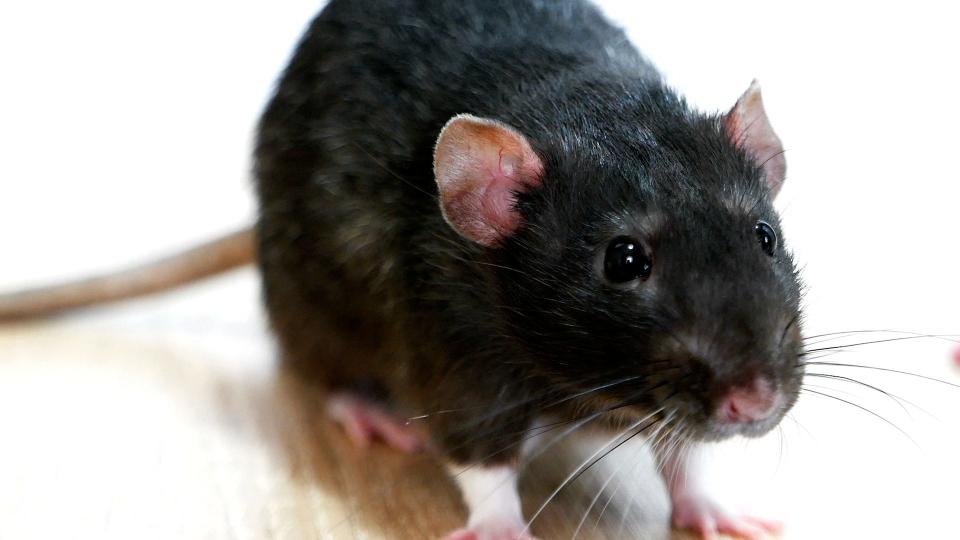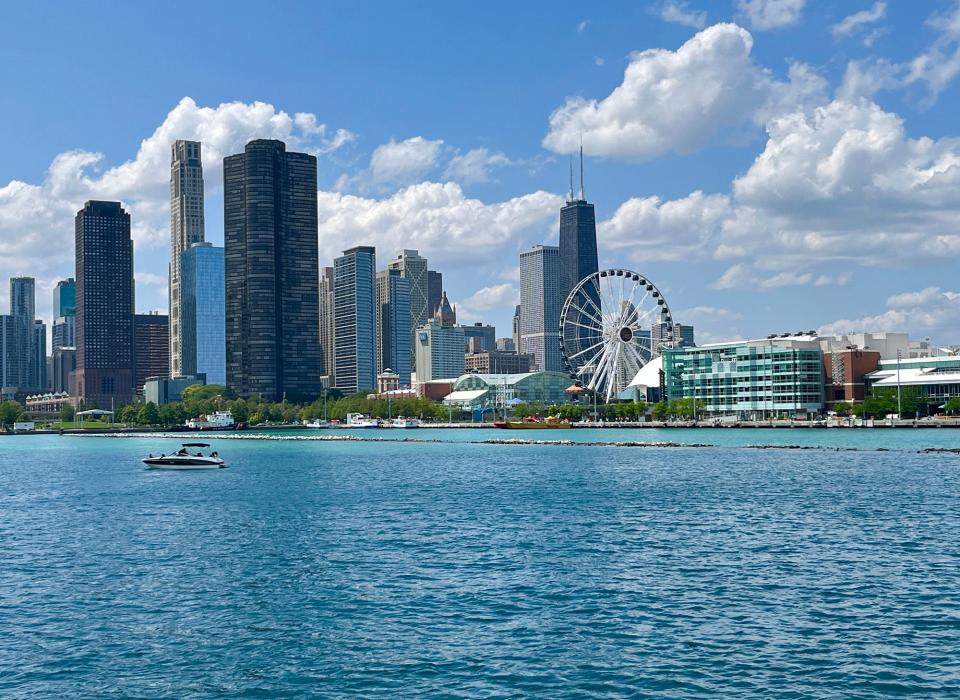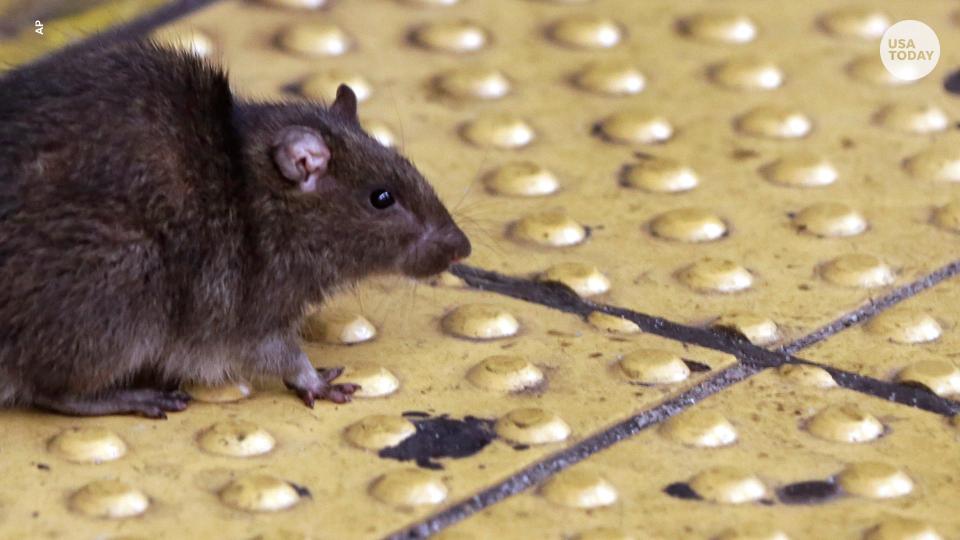Milwaukee is one of the most rat-infested cities in America, Orkin says
Milwaukeeans may need to hide their beloved cheese curds from a certain pesky rodent.
The international pest control company Orkin released its annual list of America's Top 50 Rattiest Cities, and Milwaukee was named the 24th-most rat-infested city in the country. However, this is actually a modest improvement from last year, when the city came in at number 21 on Orkin's list.
Orkin's Rattiest Cities list is based on the pest control company's ranking of metropolitan regions by the number of new rodent treatments performed in them from Sept. 1, 2022, to Aug. 31, 2023. The ranking includes both residential and commercial pest control treatments.

What is America's most rat-infested city?
That would be Chicago, which topped Orkin's list for the ninth year in a row. Wisconsinites should have a field day with that one.
"New this year, Orkin is celebrating Chicago’s top spot placement by releasing a limited-edition t-shirt made available for free while supplies last," the pest control company said on its website. "The shirt will feature a Top Rattiest City design made specifically for Chicago, commemorating the dedication of the city as it perseveres in the battle against rodents."
New York City dropped from second place in the rat race last year to third this year, switching places with Los Angeles.
Two of the biggest movers on the list this year were Houston, which jumped from 30th to 20th, and Greensboro, N.C., which rose 17 spots to round out the list at number 50, Orkin said.

What are the 'Rattiest Cities' in America in 2023?
Chicago, Ill.
Los Angeles, Calif.
New York City, N.Y.
Washington, D.C.
San Francisco, Calif.
Philadelphia, Pa.
Baltimore, Md.
Denver, Colo.
Detroit, Mich.
Cleveland-Akron, Ohio
Minneapolis-St. Paul, Minn.
Seattle, Wash.
Boston, Mass.
Atlanta, Ga.
Indianapolis, Ind.
Pittsburgh, Pa.
Hartford, Conn.
Columbus, Ohio
Miami-Fort Lauderdale, Fla.
Houston, Texas
Charlotte, N.C.
Dallas-Fort Worth, Texas
Raleigh-Durham, N.C.
Milwaukee, Wisc.
Grand Rapids, Mich.
Portland, Ore.
Norfolk-Portsmouth, Va.
San Diego, Calif.
Richmond-Petersburg, Va.
New Orleans, La.
Cincinnati, Ohio
Greenville-Spartanburg, N.C.
Sacramento, Calif.
Kansas City, Kan.
Nashville, Tenn.
Tampa-St. Petersburg, Fla.
Orlando-Daytona Beach, Fla.
Buffalo, N.Y.
St. Louis, Mo.
Phoenix, Ariz.
Champaign, Ill.
Albany-Troy, N.Y.
Flint, Mich.
Burlington-Plattsburgh, N.Y.
Albuquerque, N.M.
Rochester, N.Y.
South Bend, Ind.
Syracuse, N.Y.
Charleston-Huntington, W.Va.
Greensboro, N.C.

How big of a problem are rat infestations?
Each fall, rodents invade an estimated 21 million U.S. homes, Orkin said. The pests typically enter homes in the fall and winter months ― between October and February, when they're looking for food, water and shelter from the cold.
Rats and other rodents multiply quickly, allowing them to cause widespread and destructive infestations, Orkin entomologist Ben Hottel said. They can also fit through spaces and holes "as small as a quarter."
According to Orkin, rodents can transmit "a variety of bacteria, viruses and diseases through their saliva, feces and urine."
Plus, rats also have large, sharp teeth and strong jaws. These features equip them to gnaw electrical wires, water pipes, gas lines and other infrastructure, allowing them to cause significant damage to homes and businesses.
Orkin said home and business owners should watch for rat droppings, gnaw marks, rodent nests, dirt and grease streak marks, and strange scurrying noises, as those can be signs of a rat infestation.
How can I prevent a rat infestation in my home or business?
Orkin offers these tips for preventing a rat or rodent infestation:
Store food securely. Small crumbs and garbage are popular food sources for rodents, as are dry goods such as grains and cereals. These should be kept in sealed metal or glass containers to prevent contamination.
Declutter. Cardboard objects prove attractive to rodents, as they tend to chew them up for use in their nests. Clean and organize crowded or cluttered spaces around your house or facility.
Maintain your landscaping. Tall grass with adequate harborages, such as woodpiles next to the house, can be ideal habitats for rodents. Tree branches in contact with homes can also offer rodents easy access to the upper levels of your home where they may find a way into the attic.
Inspect both inside and outside your home. Keep an eye out for rodent droppings, burrows and rub marks along baseboards and walls. The sooner rodents are detected, the better.
Look for possible entry points. Seal any holes and cracks that are found around your home. Install weather strips around entryways, especially under doors, to help keep rodents out of your home.
This article originally appeared on Milwaukee Journal Sentinel: Milwaukee ranked 24th most rat-infested city in America, Orkin says

